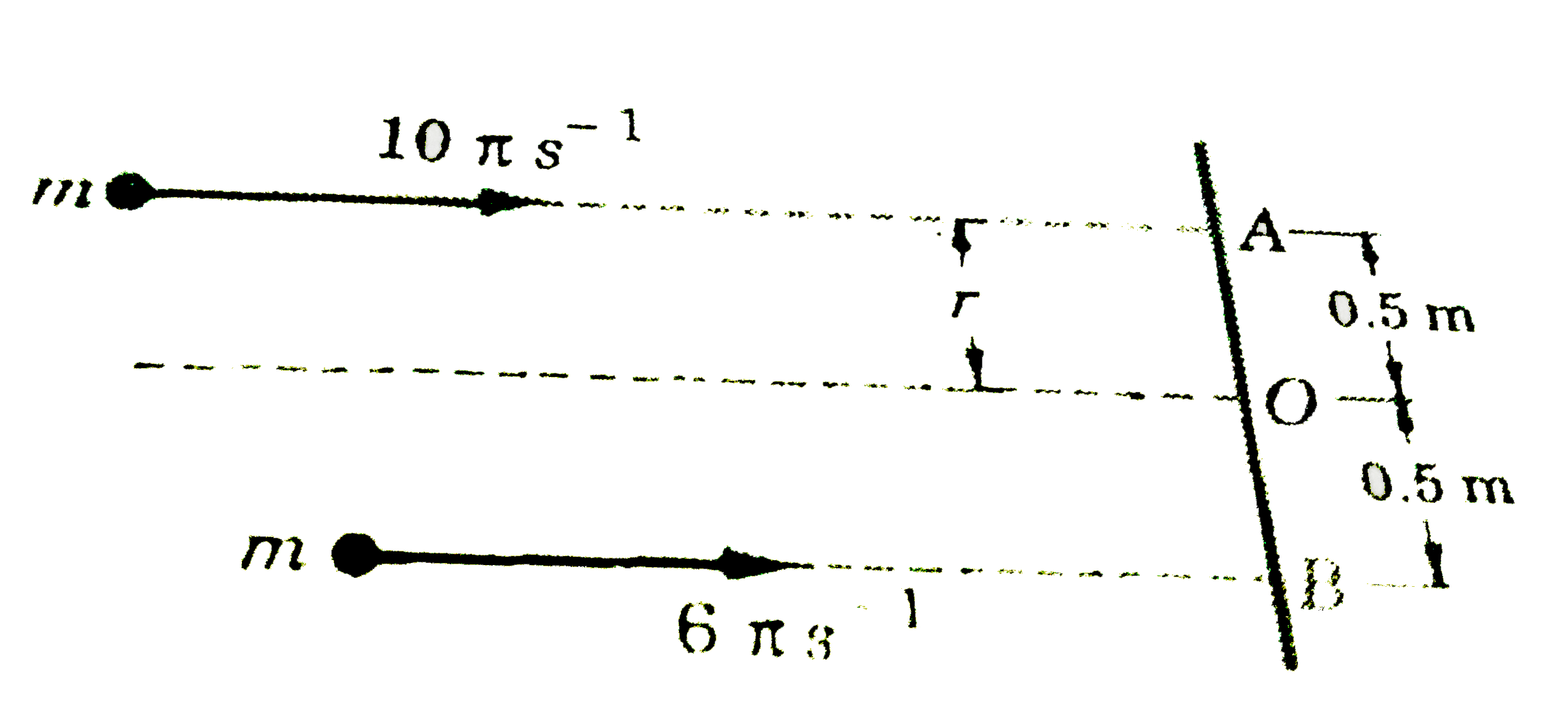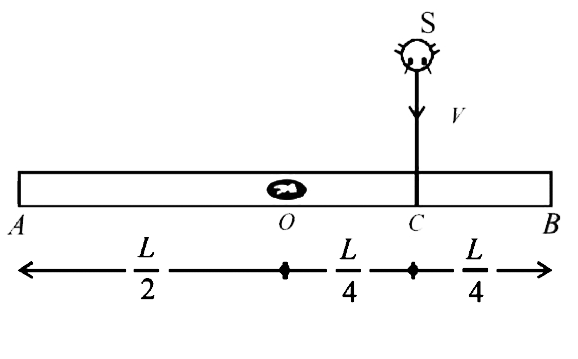A ____ is a simple rigid bar, which is free to move around a point.
Step-by-Step Solution:
1. Understanding the Question: The question asks for a term that describes a simple rigid bar that can move around a point.
2. Identifying Key Terms: The key terms in the question are "simple rigid bar" and "free to move around a point."
3. Recalling Definitions: In physics, a simple machine is a device that changes the direction or magnitude of a force. One of the simplest machines is a lever.
4. Defining a Lever: A lever is defined as a rigid bar that pivots around a fixed point known as the fulcrum. The lever can be used to lift or move loads with the application of effort.
5. Filling in the Blank: Based on the definition and understanding of the terms, the blank can be filled with the word "lever".
6. Final Answer: A lever is a simple rigid bar, which is free to move around a point.
---
Similar Questions
Knowledge Check
A positive point charge, which is free to move, is placed inside a hollow conducting sphere with negative charge, away from its centre. It will
Amove toward the centreBmove towards the nearer wall of the conductorCremain stationaryDoscillate between the centre and nearer wall.All the planets move around the sun in
Acircular pathBrectangular pathCelongated elliptical pathDnone of the aboveA force is applied to an object that is free to move. Which of the following statements is correct?
AThe frictional force is larger than the applied forceBThe frictional force is smaller than the applied forceCThe weight of the object is larger than the applied forceDAll of these statements could be correct
All the planets move around the sun in a
View SolutionA thin uniform bar lies on a frictionless horizontal surface and is free to move in any way on the surface. Its mass is 0.16 kg and lengths is √3m. Two particles, each of mass 0.08kg, are moving on the same surface and towards the bar in a direction perpendicular to the bar, one with a velocity of 10ms−1 and the other with 6ms−1, as shown in fig. The first particle strikes the bar at point A and the other at point B. Points A and B are at a distance 0.5 m from the centre of the bar. The particles strike the bar at same instant of time and stick to the bar on collision. Calculate the loss of kinetic energy of the system in the above collision process.

View SolutionA thin uniform bar lies on a frictionless horizonta surface and is free to move in any way on th surface. Its mass is 0.16 kg and length √3meters. Two particless, each of mass 0.08 kg, are moving on the same surface and towards the bar in a direction perpendicular to the bar, one with a velocity of 10 m/s, and other with 6m/s as shown in fig. The first particle strikes the bar at point A and the other at point B. Points A and B are at a distane of 0.5m from the centre of the bar. The particles strike the bar at the same instant of time and stick to the bar on collision. Calculate the loss of the kinetic energy of the system in the above collision process.

View SolutionAssume that the earth moves around the sun in circular orbit of radius R and there exists a planet which also moves around the sun in a circular orbit with an radius of the orbit of the planet is
View SolutionA thin bar of mass m and length l is free to rotate about a fixed horizontal axis through a point at its end. The bar is brought to a horizontal position. (θ=90∘) and then released. The angular velocity when it reaches the lowest point is
View Solution